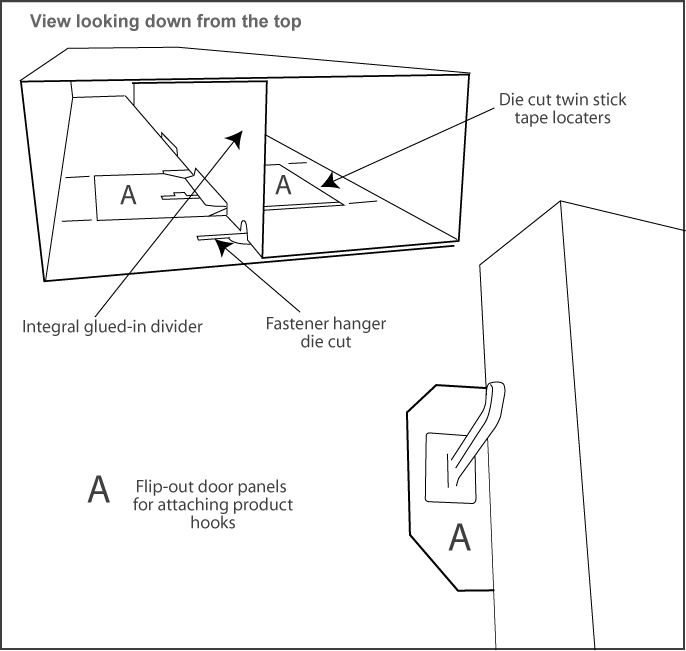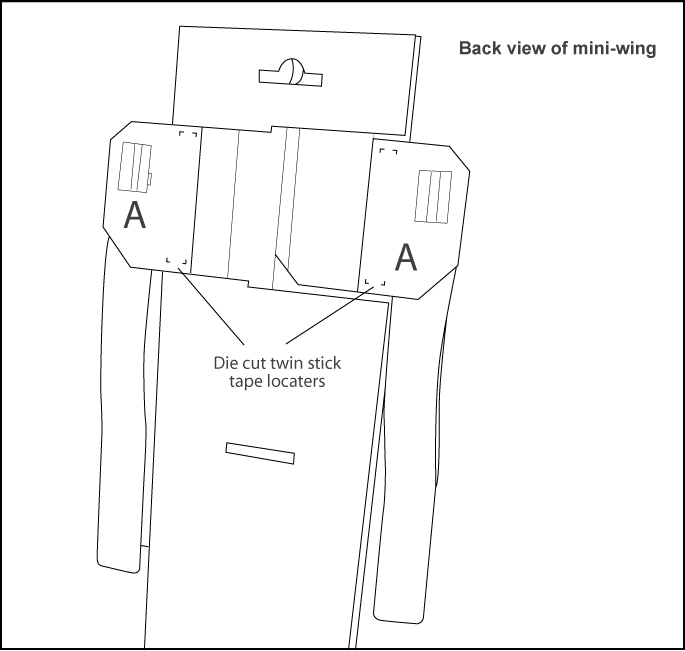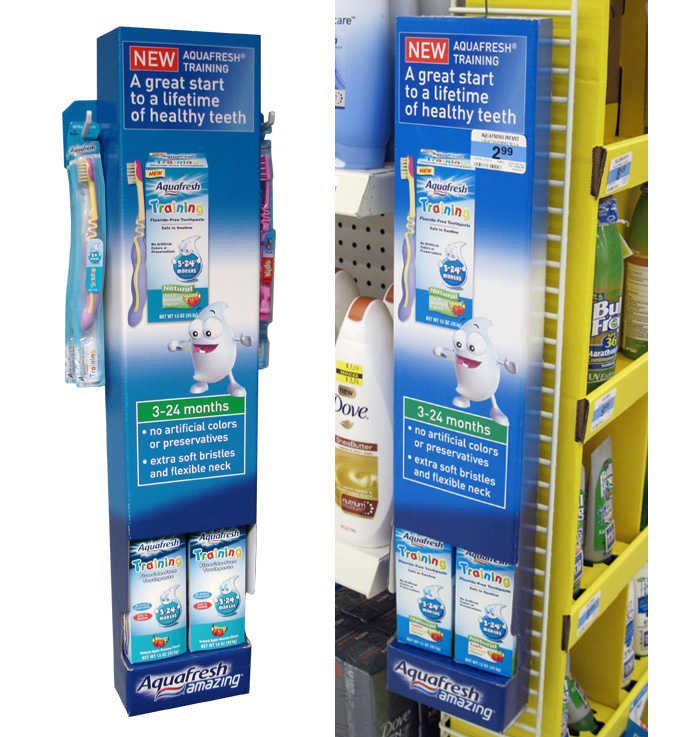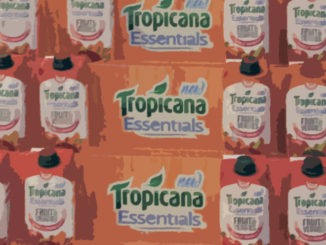Value engineering (VE) is a systematic method to improve the “value” of goods or products and services by using an examination of function. Value, as defined, is the ratio of function to cost. Value can therefore be increased by either improving the function or reducing the cost. It is a primary tenet of value engineering that basic functions be preserved and not be reduced as a consequence of pursuing value improvements. [1]
Value Engineering……..a popular term used more prevalently in the POP industry to define value improvement through measurable cost reduction such as light weighting material, lean manufacturing, complexity reduction in assembly and streamlined logistics. These are just a few of the opportunities that offer fertile ground to implement value engineered principles. In the mini wing display shown below, we have highlighted two value engineered attributes that perform the required basic function at the lowest life-cycle cost for both producer and retailer. In an effort to convey some of these details, we have dissected the display just enough for you to capture the thought process involved with this design.
But first, a little background on the product itself. Aquafresh Training is a new variant that helps establish healthy brushing habits for children ages 3 months – 24 months. Available in apple and banana flavors, Aquafresh Training is flouride-free and safe-to-swallow which gives kids a reason to look forward to their brushing routine. A companion toothbrush line is also being marketed to further encourage and enhance kids to brush. The animal-shaped brushes have soft bristles and suction feet to allow the toohbrush to stand upright on its own.
Back to the value engineering. As you can see from the illustrations and images below, this mini wing incorporates features that cut costs and add value across the logistical chain.
Integral Glued-In Divider – Rather than using a separate divider, this mini wing was designed with a glued-in divider that is part of the tray. In doing this, the need to manufacture an additional component which assembly would need to handle was removed from the equation. The integral divider reduced costs by increasing assembly line efficiencies.
Flip-Out Door Panels for Brushes – This part of the design is probably the most impactful with regards to meeting the criteria of value engineering. These integral brush panels offered flexibility for both brand and retailer by enabling the mini wing to merchandise toothbrushes for accounts that were interested in both the paste and brush products. The panels were easy to deploy from the back of the display and affixed in place using two pieces of pre-applied twin stick tape. Standard 2″ hooks held two brushes per panel. The idea to integrate these panels into the design added marketing value and lowered overall costs. The marketing value consisted of added flexibility for brand to merchandise according to account needs. The overall cost reduction came as a result of not needing to produce or assemble a separate brush holder component.
Sometimes the smallest details can pay rewarding dividends for designers, marketers and retailers alike. This mini wing is a good example of how value engineering and well-planned insights were able to bring a product to consumers while saving money, preserving marketing objectives and maintaining structural integrity.






